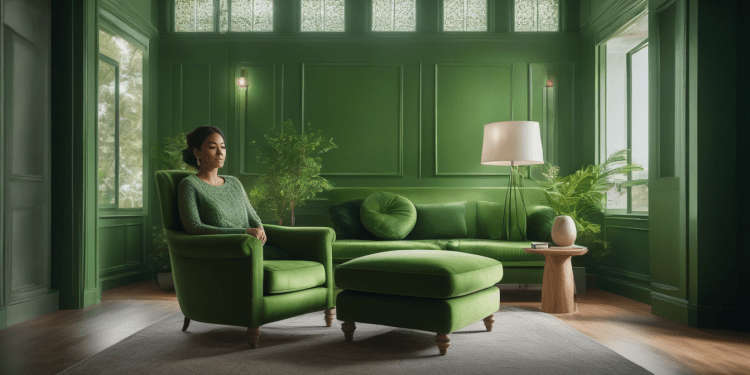Recent research from the University of Sussex has cast a spotlight on the profound influence colors can exert on our emotional state. The study delves into the psychological impacts of color exposure and presents compelling evidence for the role of color therapy in enhancing emotional comfort and managing stress levels. The findings particularly highlight the calming effect of the color green, juxtaposed against the anxiety-inducing nature of red.
The Experiment: Colors and Their Psychological Echoes
The study conducted a series of experiments where participants were exposed to various colors and their stress levels were monitored. The results were telling; green hues consistently fostered a sense of relaxation and tranquility, while red tones seemed to trigger a heightened state of anxiety. This dichotomy in color influence opens up new avenues for exploring how our environments can be optimized for better mental health.
Understanding the Color Spectrum
Why does green soothe the psyche, while red disturbs it? The researchers hypothesized that our associations with colors—green with nature and growth, red with danger and urgency—play a critical role in their emotional impact. The study’s data underscored the importance of these associations, suggesting that our brains may be hardwired to respond to certain colors in specific ways.
Transforming Spaces with Color
Armed with this knowledge, we can consider the practical applications of color in our daily lives. From the walls of our homes to the screensavers on our computers, intentional color choices can be a simple yet effective tool for creating a more emotionally comfortable environment.
- Consider painting your bedroom or office space in a shade of green to promote calmness and reduce stress.
- Limit the use of red in areas meant for relaxation, reserving it for spaces that require alertness and energy.
- Choose wallpapers, art, and décor that incorporate peaceful colors to foster a tranquil atmosphere at home.
Further Reading
For those interested in delving deeper into the intricacies of this research, the original study is a reservoir of insights. It offers a detailed analysis of the experiments conducted and the implications of their findings, serving as a valuable resource for both professionals in the field of psychology and individuals eager to enhance their emotional well-being.
The University of Sussex study on ‘Color and Emotional Comfort’ is available in scientific journals and the university’s publication archives for those seeking to explore the subject in greater depth.






